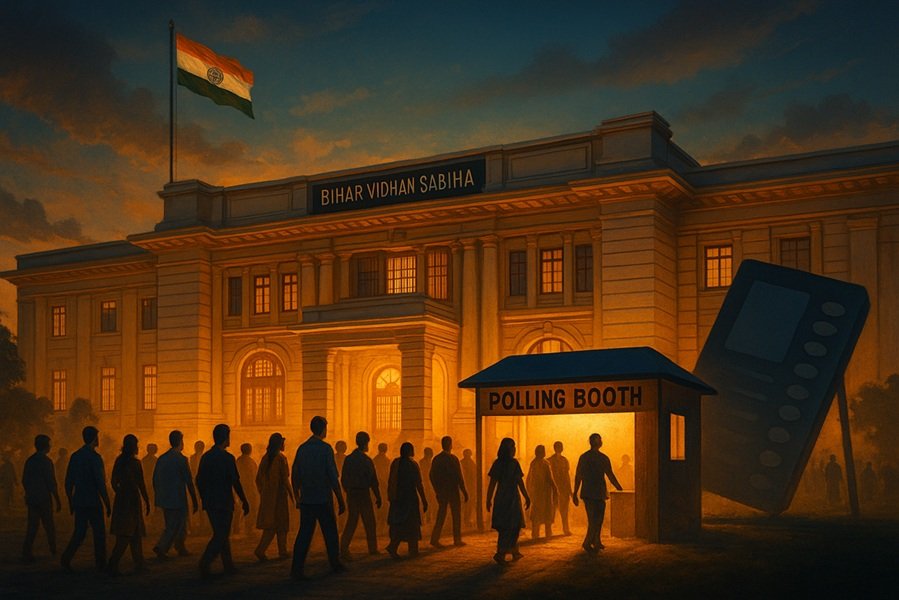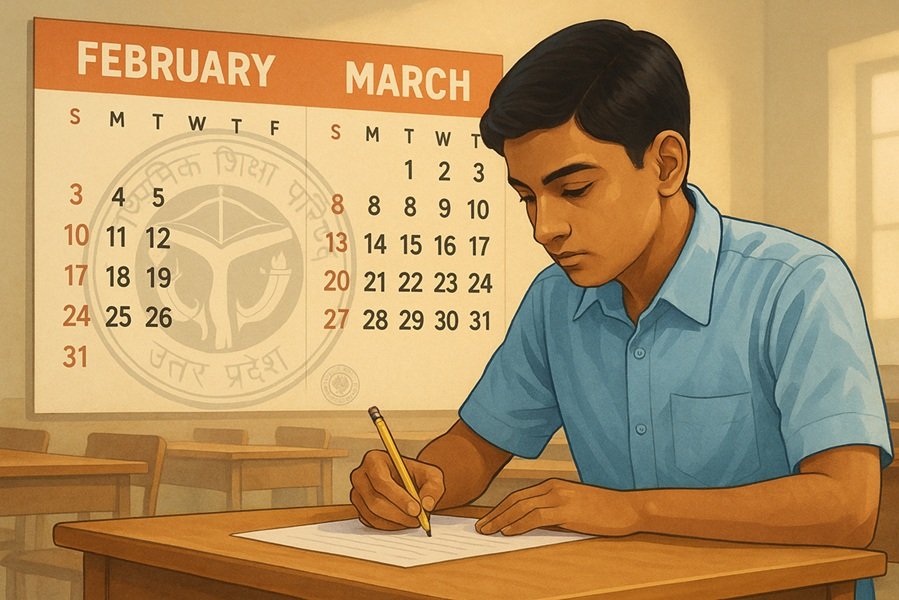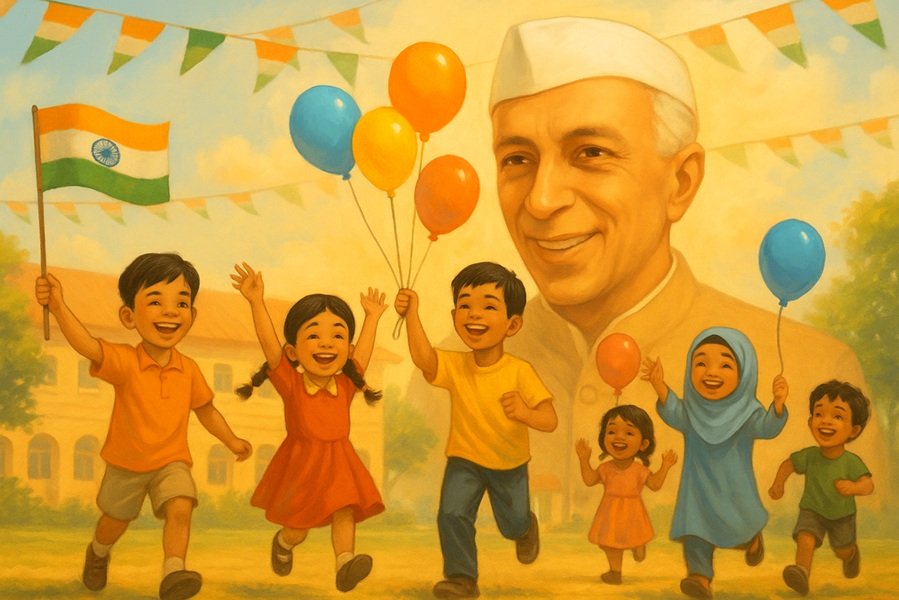
Budget Session 2025: In a recent address to the Rajya Sabha, Prime Minister Narendra Modi highlighted India’s impressive economic trajectory, coining the term “Bharat rate of growth” to describe the nation’s rapid development. This phrase stands in contrast to the “Hindu rate of growth,” a term used historically to describe India’s modest economic progress during earlier decades.
Historical Context: The “Hindu Rate of Growth”
The term “Hindu rate of growth” was introduced by economist Raj Krishna in 1978 to characterize India’s GDP growth, which averaged around 3.5% from the 1950s to the 1980s. This period was marked by extensive government regulation, often referred to as the “Licence Raj,” which imposed stringent controls on industry and trade. These policies were intended to promote self-sufficiency but often resulted in economic inefficiencies and stifled growth.
Economic Liberalization and Accelerated Growth
The economic liberalization reforms initiated in 1991 marked a significant turning point for India. By reducing trade barriers, deregulating industries, and encouraging foreign investment, these reforms unleashed the country’s economic potential. As a result, India transitioned from the sluggish growth rates of the past to becoming one of the world’s fastest-growing major economies.
Current Economic Performance
In recent years, India has consistently demonstrated robust economic performance. For instance, in the fiscal year 2023-24, the country achieved a GDP growth rate of 8.2%. While projections for 2024-25 indicate a moderation to around 6.4%, this rate remains commendable, especially in the context of global economic uncertainties. (business-standard.com)
Government Initiatives Driving Growth
The government’s focus on infrastructure development, digital transformation, and policy reforms has been pivotal in sustaining this growth momentum. Initiatives such as “Make in India,” aimed at boosting manufacturing, and “Digital India,” promoting technological integration, have played crucial roles in enhancing productivity and attracting investments.
Challenges and the Path Forward
Despite these achievements, challenges such as income inequality, unemployment, and the need for further structural reforms persist. Addressing these issues is essential to ensure inclusive and sustainable growth. The government’s commitment to strengthening the middle class and implementing tax reforms, as highlighted in the recent budget, reflects a strategic approach to overcoming these challenges.
Conclusion
The “Bharat rate of growth” symbolizes India’s dynamic economic resurgence, moving beyond the constraints of the past. With continued focus on reform and development, India is poised to maintain its trajectory as a leading global economy.
News Source: https://www.business-standard.com/politics/world-witnessing-bharat-rate-of-growth-says-pm-125020601722_1.html





